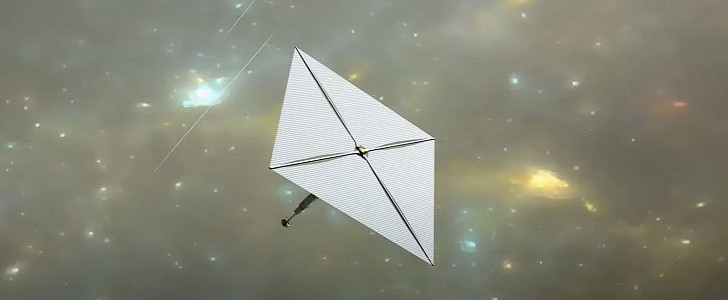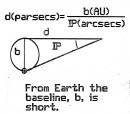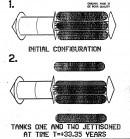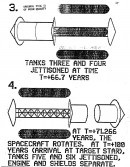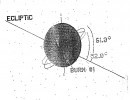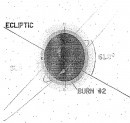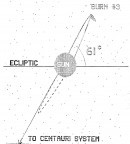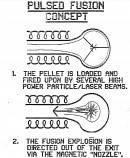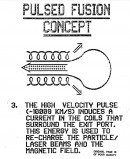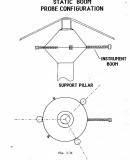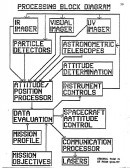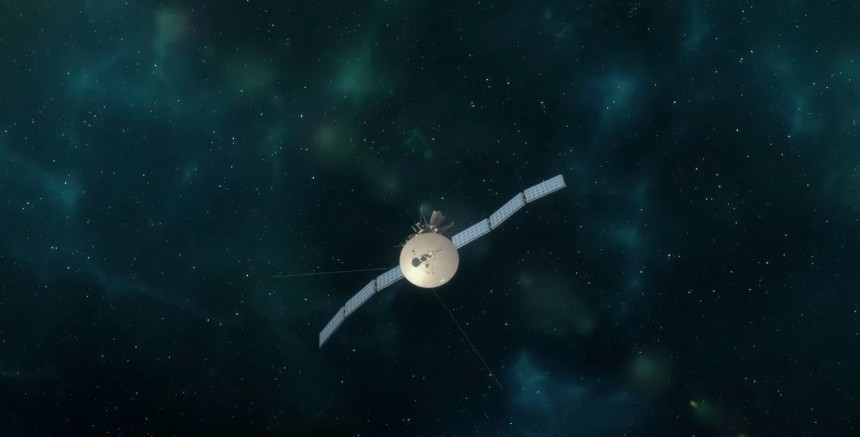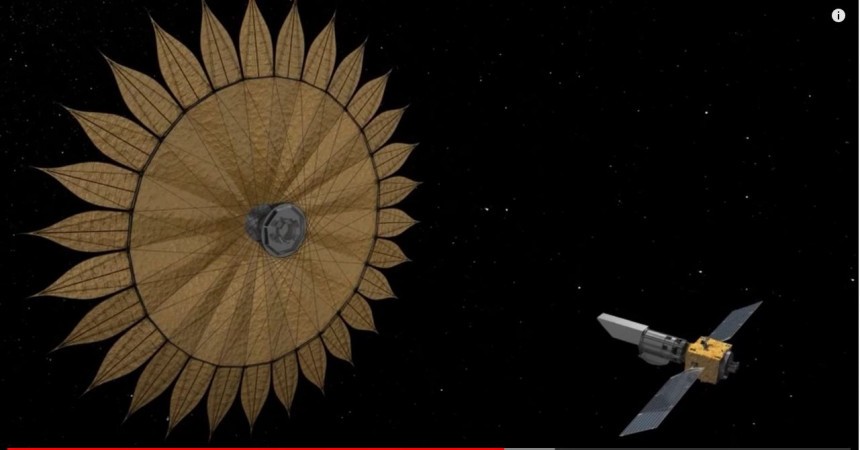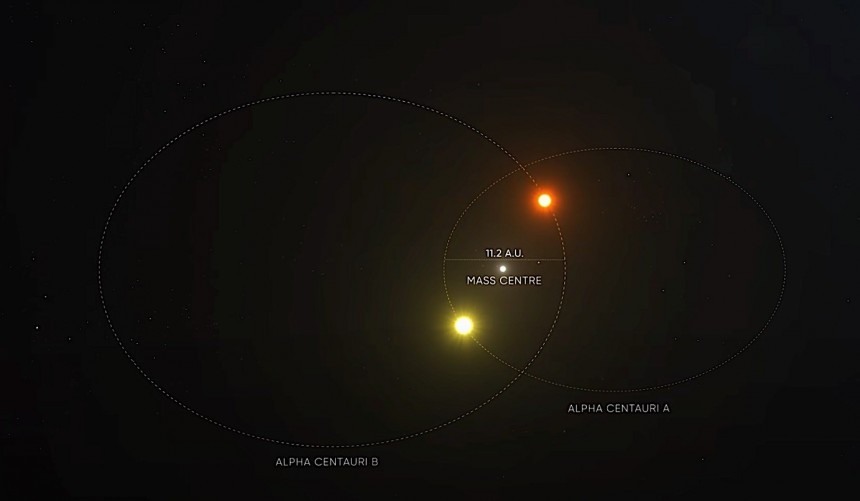You might find it laughable even to consider the concept of an interstellar space probe as a legitimately viable scientific expedition. Considering it took the Voyager 1 probe 35 years just to reach a region more or less considered interstellar space, it'd take eons to reach a far-off celestial body of any significance.
Or would it? Assuming mankind can keep its collective you-know-what together over the next couple thousand years, scientists and sci-fi writers have formulated their own ideas about how interstellar space probes aren't, at least on an extra-long timeline, as bonkers or impossible as they sound.
Now, considering this is legitimate rocket science, we're going to need some help explaining some of the more "practical" ideas for interstellar probes. Thankfully, just the person for the job is the respected futurist author and YouTuber Isaac Arthur. In a video published earlier this year and called "Interstellar Probes," he outlines a series of space missions that, if the current rate of aerospace development continues, could one day be legitimately feasible.
Arthur is quick to point out that the easiest way to observe distant sections of the cosmos doesn't require sending a probe at all. But rather simply pointing a colossal space telescope at the heavens from the safety of Earth's orbit. Of course, this method only allows us to view said distant objects as they appeared hundreds, thousands, or perhaps billions of years ago.
It all depends on the precise distance in light years away from observing telescopes an object resides. You'll need to send a probe to unearth any more up-to-date observations of a target star system. You'll also need an abundance of two very important things to do that.
One of the items is energy, and the other is time. In the hypothetical scenario presented in Isaac Arthur's video, an anomaly believed to be of sentient origin is observed approximately 100 light years away from the Earth in the Epsilon Fornacis binary star system, sometime around the tail end of the 21st century.
However long it would take for a space probe to reach this destination largely depends on the speed at which near-future spacecraft technology can send the craft. As every competent science curriculum will tell you, the all-mighty speed limit of the universe is 671 million miles per hour, better known as the speed of light.
Because of the intertwined nature between space and time, some truly goofy things are thought to happen to objects with mass that travel even to a healthy percentage of light speed. Thus far, the Parker Solar Probe, the fastest object ever built by man, can only reach 0.05 percent light speed.
As it stands, traditional chemical rockets are barely within the realm of feasibility to reach places as close as Mars. But more experimental forms of propulsion like nuclear fission and fusion engines, solar sails, laser sails, and even upgrades to existing technologies like ion thrusters could do a much better job.
A proposal for an interstellar probe powered by some novel form of nuclear propulsion was even studied by the U.S. Navy under the Project Longshot initiative as far back as the 1980s. A man-made 50-ton or so space probe as theorized by Isaac Arthur, could accelerate gradually to as much as ten percent of the speed of light using any of these methods. Before an intense deceleration at the end of the journey of begin the flyby and all the obervations therein.
If the math is correct, this will allow this hypothetical future probe to arrive at the Epsilon Fornacis system sometime in the late 3000s or early 3100s, depending on how quickly the probe accelerates and decelerates. This timeframe would be far too long for the probe's original creators to see the results, but not all that long on a cosmological timescale.
In Isaac Arthur's timeline, a larger ship, which functions like an aircraft carrier for space probes, is sent out alongside a manned scout ship carrying a hibernating crew at five percent the speed of light. Thus ensuring the party arrive approximately 1,000 years after the first probe if the two ships decelerate at 100 Gs.
But the real question Isaac Arthur poses in his video has less to do with if humans can build an interstellar probe in the future. Instead, it's more about if we even should. There's no guarantee any civilization at least as advanced as our own is going to carry the best intentions.
Nor would it be easy to convey to said civilization that we came in peace, not conquest. These are all things that futurist writers like Isaac Arthur are trying to solve. Hopefully, there's some genuine science behind it all.
Now, considering this is legitimate rocket science, we're going to need some help explaining some of the more "practical" ideas for interstellar probes. Thankfully, just the person for the job is the respected futurist author and YouTuber Isaac Arthur. In a video published earlier this year and called "Interstellar Probes," he outlines a series of space missions that, if the current rate of aerospace development continues, could one day be legitimately feasible.
Arthur is quick to point out that the easiest way to observe distant sections of the cosmos doesn't require sending a probe at all. But rather simply pointing a colossal space telescope at the heavens from the safety of Earth's orbit. Of course, this method only allows us to view said distant objects as they appeared hundreds, thousands, or perhaps billions of years ago.
It all depends on the precise distance in light years away from observing telescopes an object resides. You'll need to send a probe to unearth any more up-to-date observations of a target star system. You'll also need an abundance of two very important things to do that.
However long it would take for a space probe to reach this destination largely depends on the speed at which near-future spacecraft technology can send the craft. As every competent science curriculum will tell you, the all-mighty speed limit of the universe is 671 million miles per hour, better known as the speed of light.
Because of the intertwined nature between space and time, some truly goofy things are thought to happen to objects with mass that travel even to a healthy percentage of light speed. Thus far, the Parker Solar Probe, the fastest object ever built by man, can only reach 0.05 percent light speed.
As it stands, traditional chemical rockets are barely within the realm of feasibility to reach places as close as Mars. But more experimental forms of propulsion like nuclear fission and fusion engines, solar sails, laser sails, and even upgrades to existing technologies like ion thrusters could do a much better job.
If the math is correct, this will allow this hypothetical future probe to arrive at the Epsilon Fornacis system sometime in the late 3000s or early 3100s, depending on how quickly the probe accelerates and decelerates. This timeframe would be far too long for the probe's original creators to see the results, but not all that long on a cosmological timescale.
In Isaac Arthur's timeline, a larger ship, which functions like an aircraft carrier for space probes, is sent out alongside a manned scout ship carrying a hibernating crew at five percent the speed of light. Thus ensuring the party arrive approximately 1,000 years after the first probe if the two ships decelerate at 100 Gs.
But the real question Isaac Arthur poses in his video has less to do with if humans can build an interstellar probe in the future. Instead, it's more about if we even should. There's no guarantee any civilization at least as advanced as our own is going to carry the best intentions.
